The Best Companion Plants For Ranunculus
Ranunculus are beautiful flowers that come in a wide variety of colors, from white and yellow to pink, red, and purple. They are also relatively easy to grow, making them a popular choice for gardeners of all skill levels.
One of the best things about ranunculus is that they can be companion planted with other flowers to create stunning and colorful displays. When choosing companion plants for ranunculus, there are a few things to keep in mind. First, you want to choose plants that have similar growing conditions. Ranunculus prefer full sun to part shade and moist, well-drained soil. Second, you want to choose plants that will complement the colors of your ranunculus. For example, if you have white ranunculus, you might want to plant them with blue or purple flowers.
Here are some of the best companion plants for ranunculus:
- African daisies. African daisies are a type of daisy that comes in a variety of colors, including yellow, orange, pink, and red. They are low-maintenance plants that are easy to grow.

- Calendula. Calendula is a flowering plant that is known for its bright orange and yellow flowers. It is a hardy plant that can tolerate a variety of conditions.

- Candytuft. Candytuft is a low-growing plant that is covered in small, white flowers. It is a great choice for edging borders or filling in gaps in your garden.
- Chinese forget-me-nots. Chinese forget-me-nots are a type of forget-me-not that has blue or purple flowers. They are a good choice for shady areas.
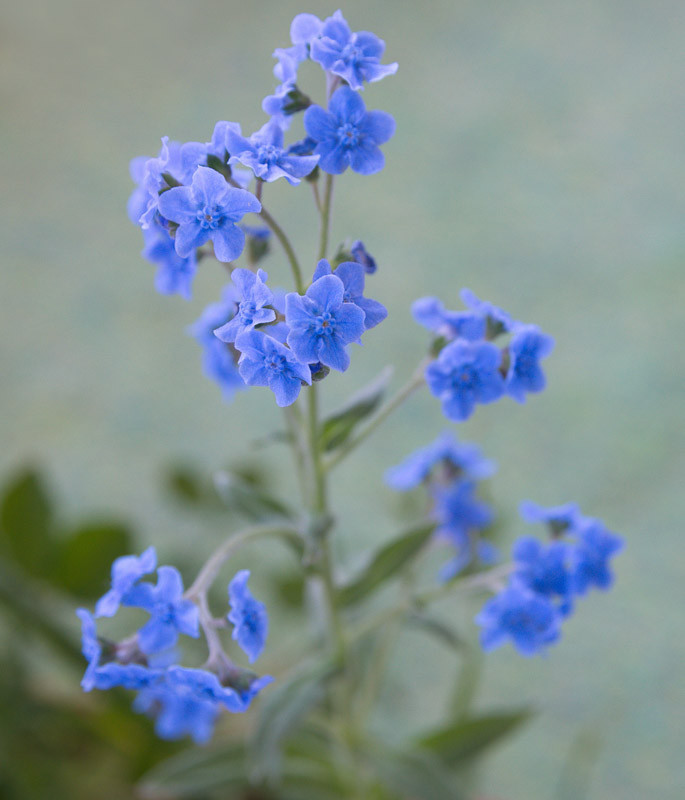
- Iceland poppies. Iceland poppies are a type of poppy that has bright orange or yellow flowers. They are a short-lived plant, but they will bloom for several weeks.
- Linaria. Linaria is a flowering plant that is known for its bright yellow flowers. It is a good choice for sunny areas.
- Pansies. Pansies are a type of viola that comes in a variety of colors, including yellow, orange, pink, and red. They are a popular choice for spring gardens.

- Primroses. Primroses are a type of wildflower that comes in a variety of colors, including yellow, orange, pink, and red. They are a good choice for shady areas.
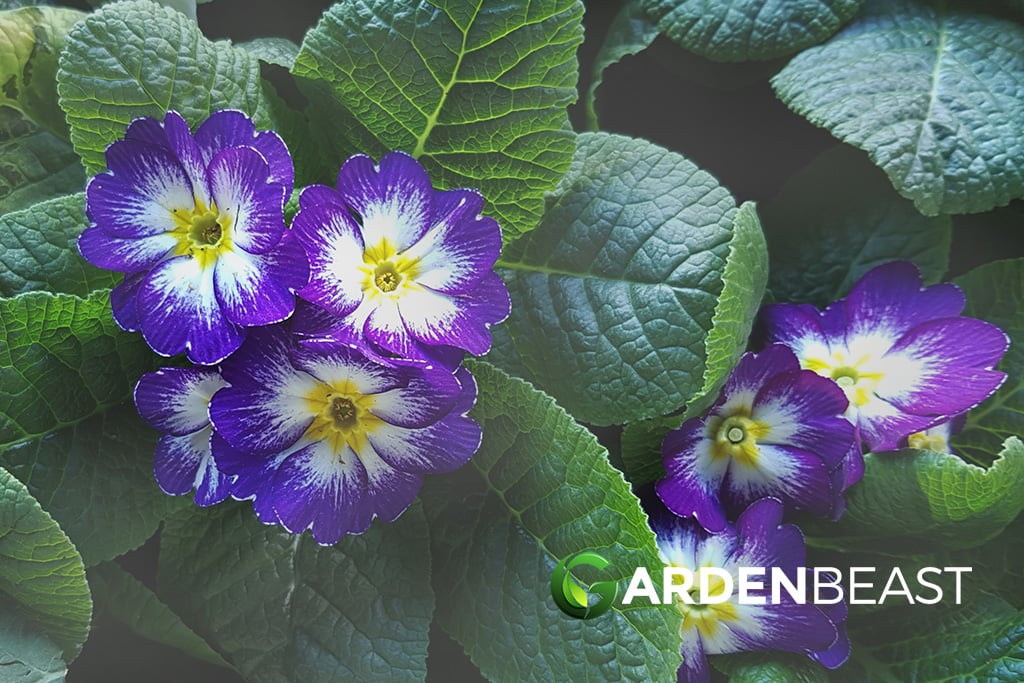
- Snapdragons. Snapdragons are a type of flower that is known for its brightly colored flowers. They are a good choice for sunny areas.

- Sweet peas. Sweet peas are a type of climbing flower that is known for its sweet fragrance. They are a good choice for sunny areas.
These are just a few of the many companion plants that you can grow with ranunculus. When choosing companion plants, experiment and see what works best in your garden. You can also use a color wheel to help you choose complementary colors.
Ranunculus are beautiful flowers that can add a touch of elegance to any garden. But did you know that they can also be great companion plants? When planted together, ranunculus and other flowers can complement each other's colors, textures, and heights to create a stunning display.
Some popular companion plants for ranunculus include:
- African daisies
- Chinese forget-me-nots
- Pansies
- Primroses
- Snapdragons
- Sweet peas
These flowers all have similar growing requirements as ranunculus, so they will thrive in the same conditions. They also have different bloom times, so you can enjoy a continuous display of flowers from spring to summer.
To learn more about which companion plants are best for ranunculus, I recommend visiting Gardenia Inspiration. This website has a wealth of information on ranunculus, including a list of recommended companion plants.
FAQ of ranunculus companion plants
Q: What are the best companion plants for ranunculus?
A: Ranunculus make great companions to other spring flowers such as:
These flowers all have similar growing requirements, so they will thrive together in the same garden bed. They also complement each other's colors and textures, creating a beautiful and harmonious display.
Q: What are the benefits of planting companion plants with ranunculus?
A: There are several benefits to planting companion plants with ranunculus. First, companion plants can help to deter pests and diseases. For example, anemones can help to repel aphids, while daffodils can help to repel nematodes.
Second, companion plants can help to improve the soil quality. For example, pansies and picotees are both nitrogen-fixing plants, which means that they can help to add nitrogen to the soil.
Third, companion plants can help to attract pollinators. For example, ranunculus is a magnet for bees, butterflies, and hummingbirds. These pollinators are essential for the pollination of other plants in the garden, so planting companion plants that attract them can help to improve the overall health of the garden.
Q: What are some tips for planting companion plants with ranunculus?
A: When planting companion plants with ranunculus, it is important to consider the following factors:
- The size and growth habit of the plants. Some companion plants, such as anemones, can grow quite tall, so it is important to plant them behind shorter plants, such as pansies.
- The sunlight requirements of the plants. Some companion plants, such as daffodils, prefer full sun, while others, such as primroses, prefer partial shade. It is important to choose companion plants that have similar sunlight requirements.
- The soil requirements of the plants. Some companion plants, such as dahlias, prefer rich, loamy soil, while others, such as snapdragons, prefer sandy soil. It is important to choose companion plants that have similar soil requirements.
Q: How far apart should companion plants be planted with ranunculus?
A: The spacing between companion plants and ranunculus will vary depending on the size of the plants. However, as a general rule of thumb, companion plants should be planted about 12 inches apart, and ranunculus should be planted about 6 inches apart.
Image of ranunculus companion plants
5 different images of "ranunculus companion plants" from Pinterest:
- Astilbe is a tall, airy plant that adds height and interest to a ranunculus bed. It blooms in shades of pink, white, and purple, and its feathery foliage provides a nice contrast to the ranunculus's round blooms.

- Hosta is a shade-loving plant that is perfect for planting next to ranunculus. It comes in a variety of colors, including green, blue, and yellow, and its large leaves provide a backdrop for the ranunculus's blooms.
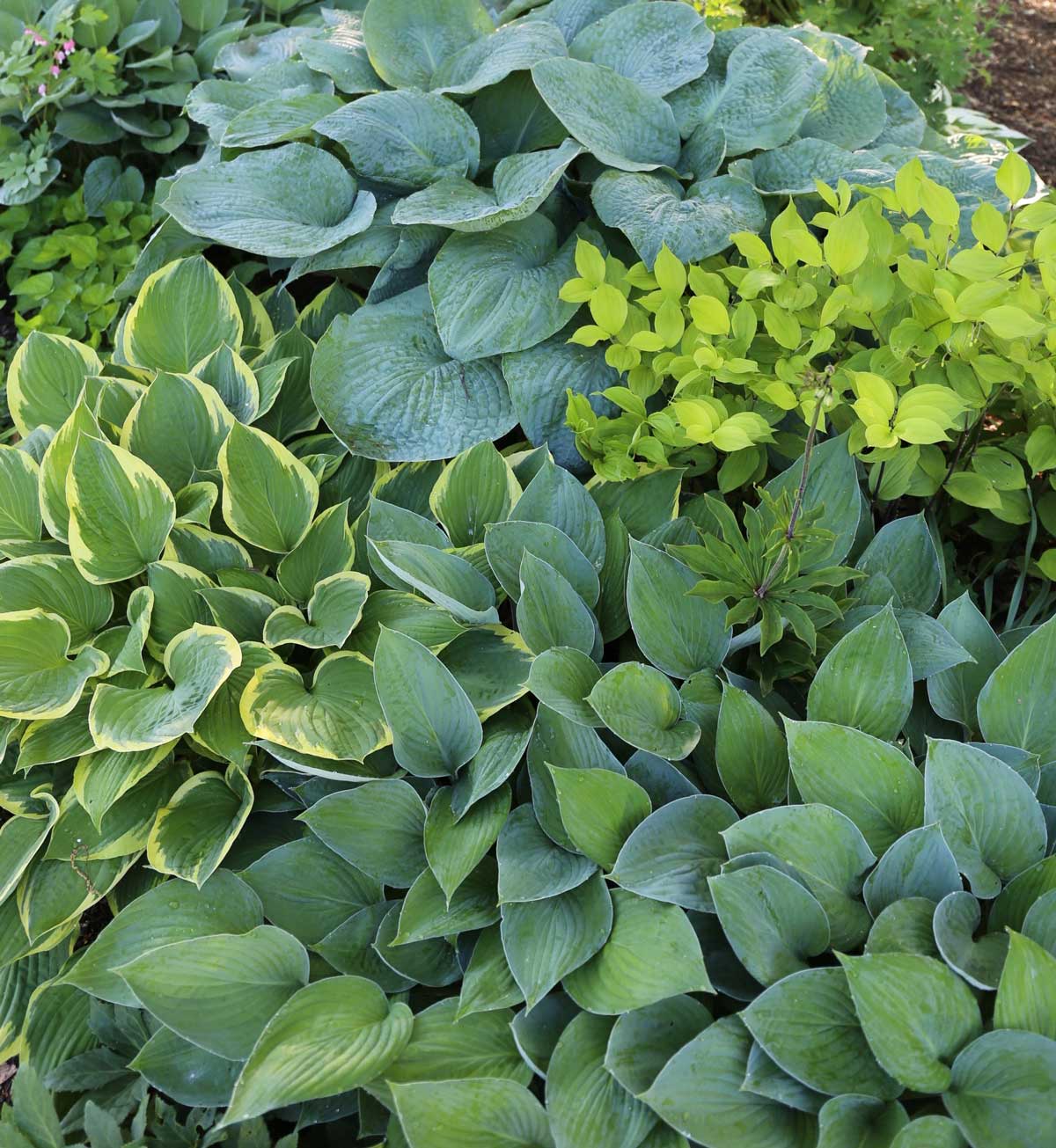
- Geum is a low-growing plant that blooms in shades of orange, yellow, and pink. It is a good choice for planting in front of ranunculus, as it will not overshadow the taller plant.

- Dianthus is a fragrant plant that blooms in shades of pink, white, and red. It is a good choice for planting in between ranunculus, as it will help to fill in the spaces.
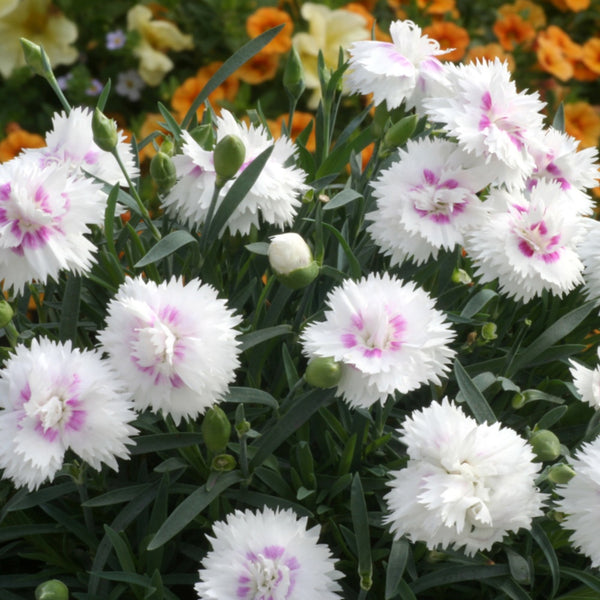
- Lavender is a classic companion plant for ranunculus. It blooms in shades of purple and blue, and its delicate scent is a perfect complement to the ranunculus's blooms.

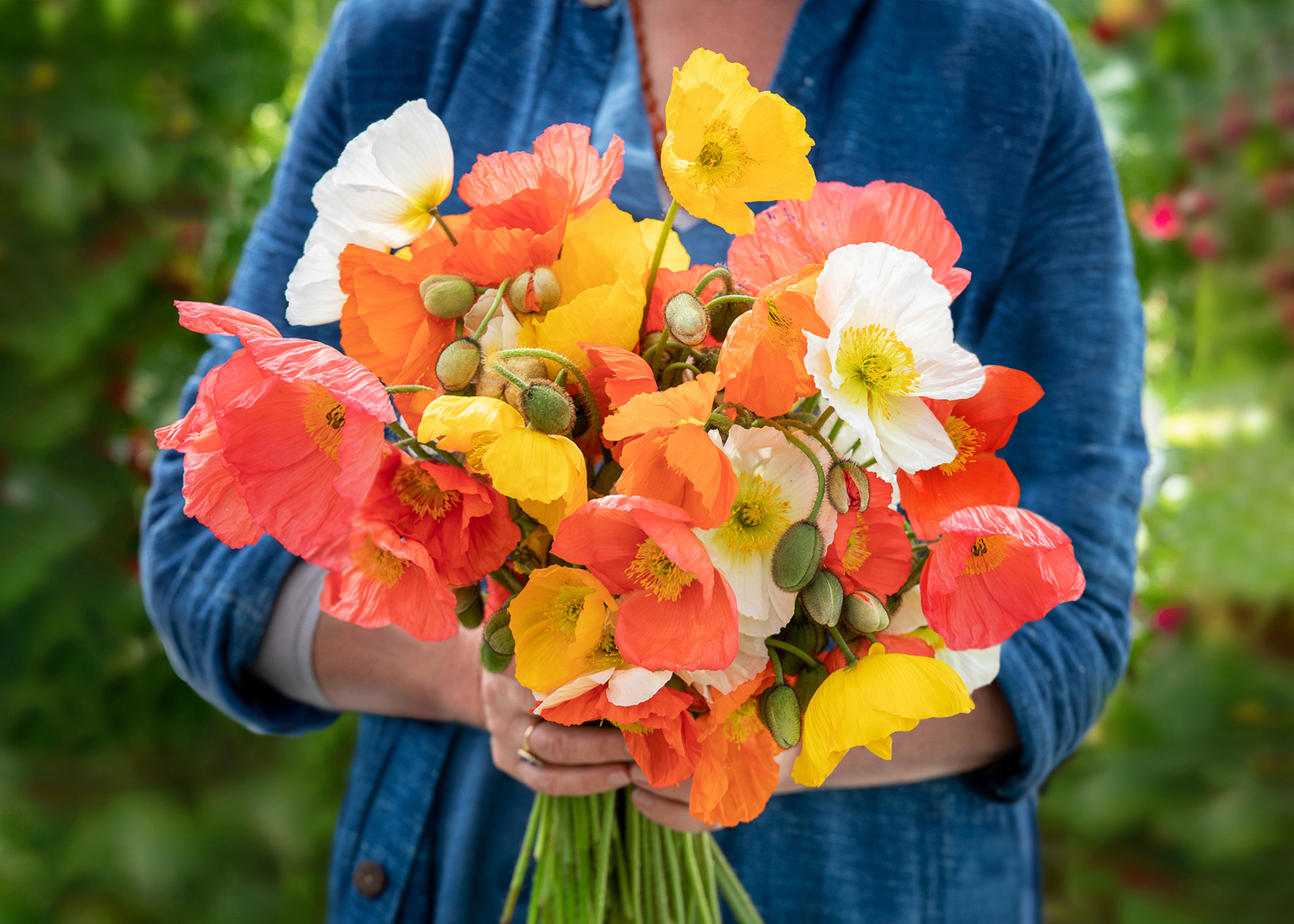
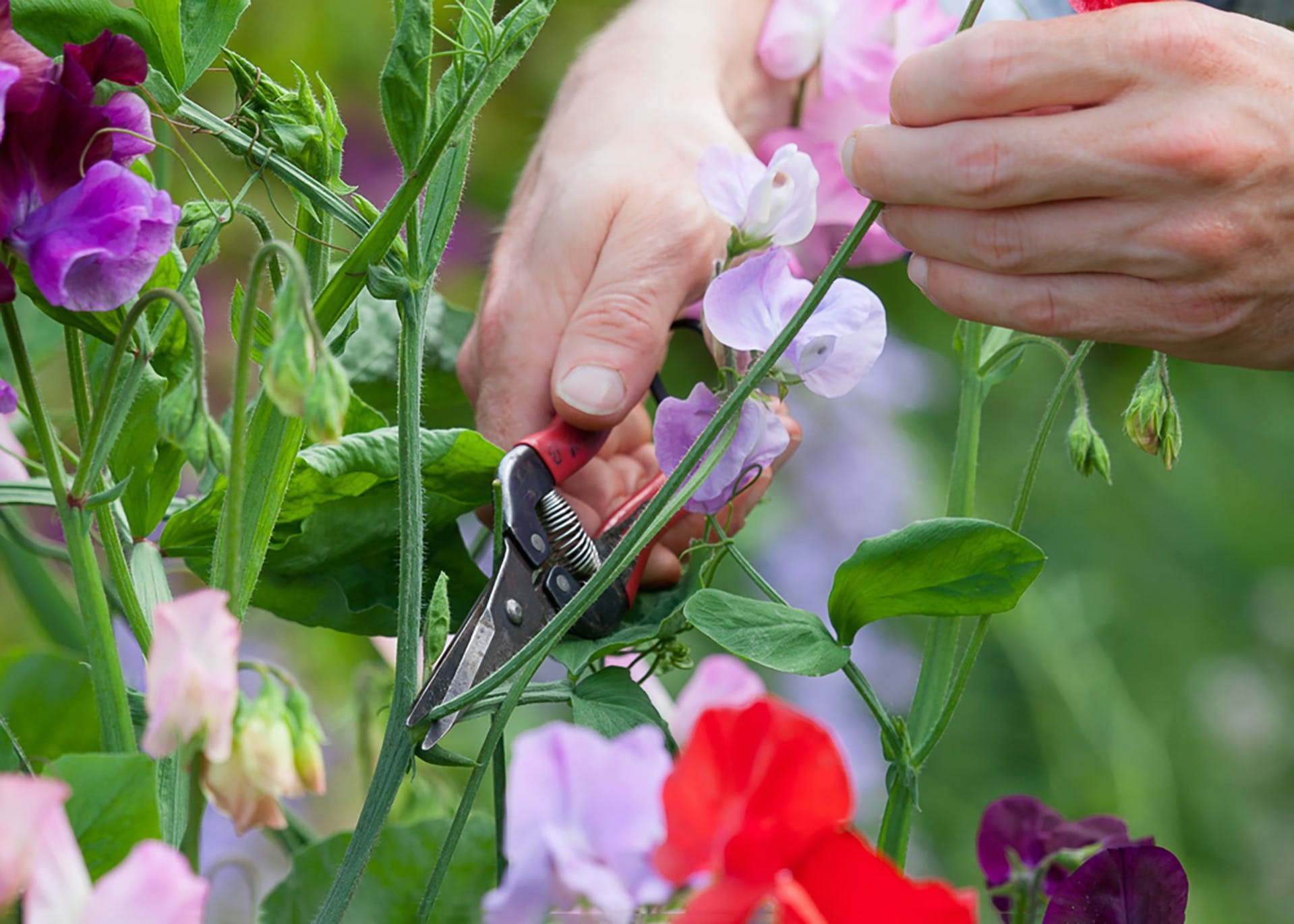

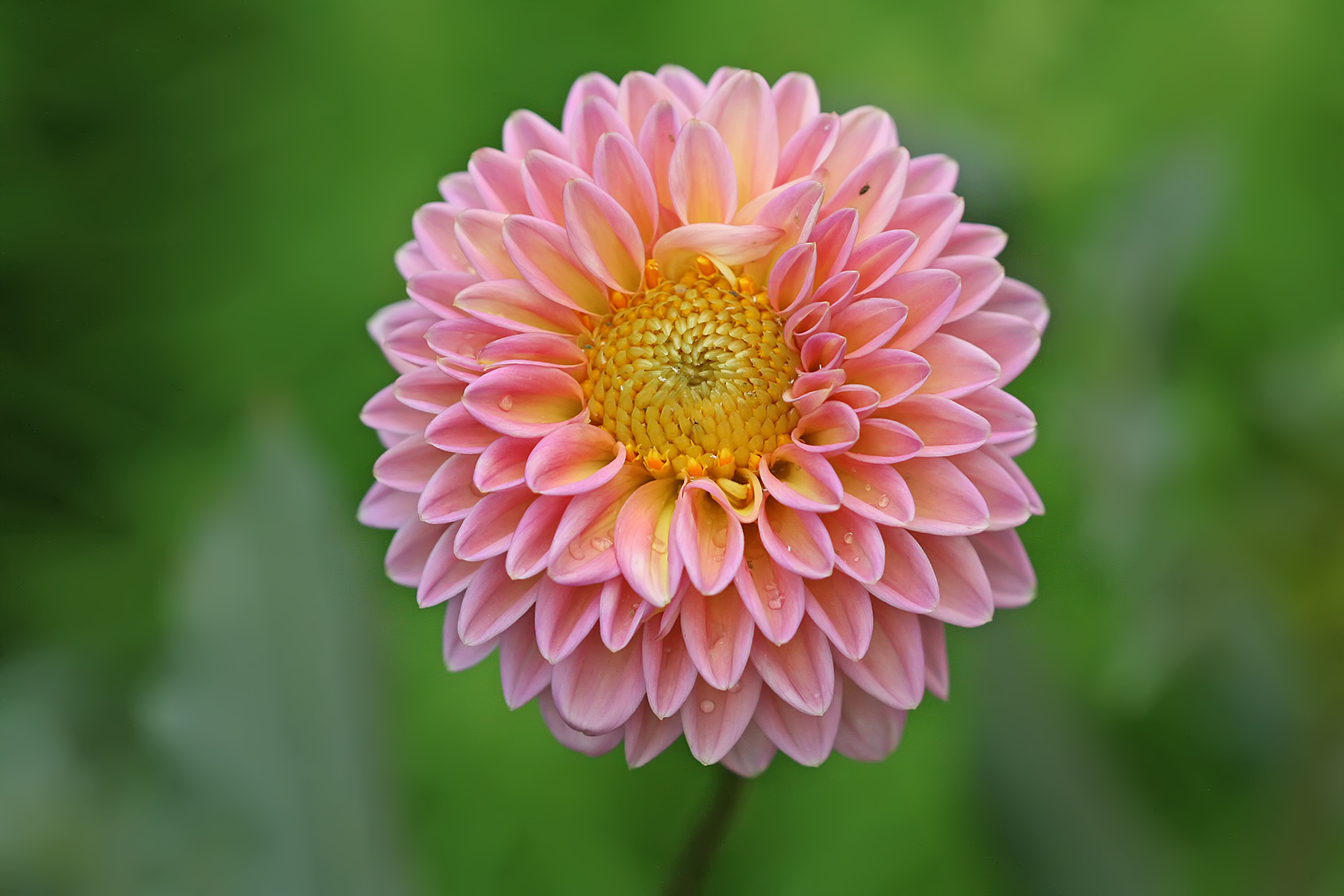



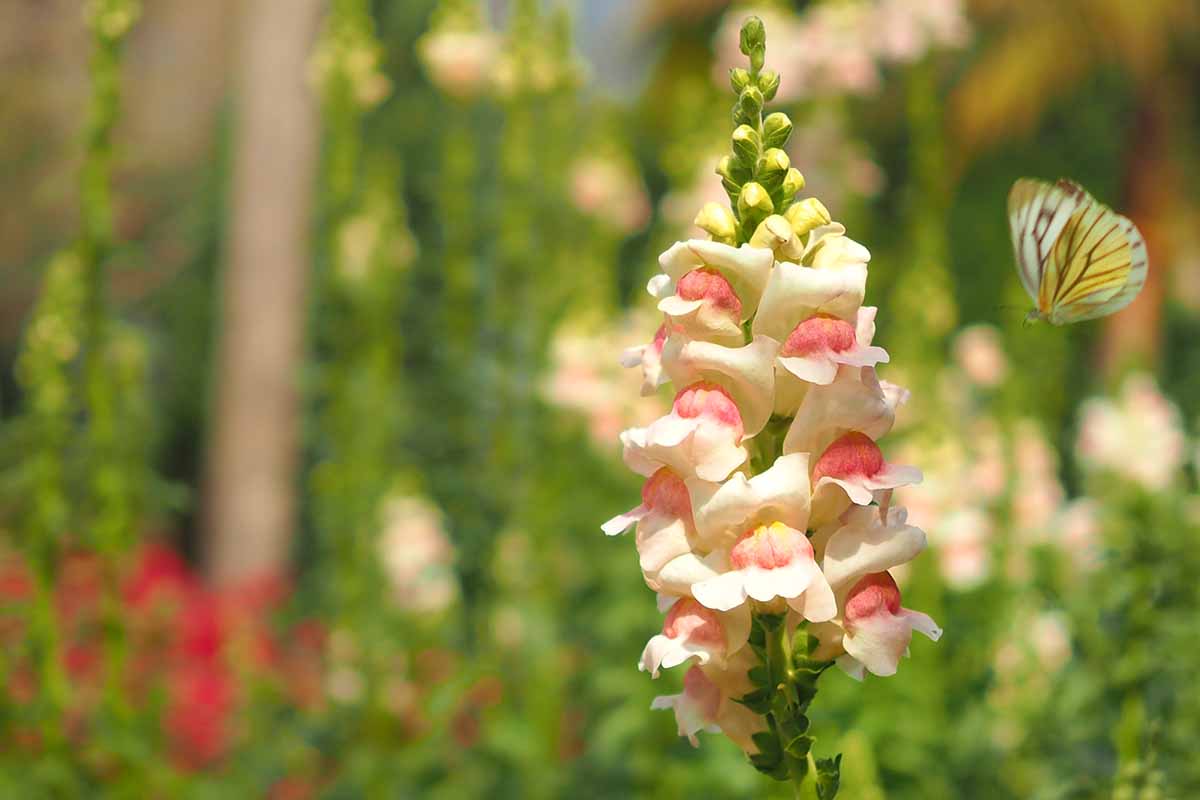
Post a Comment for "The Best Companion Plants For Ranunculus"